RESEARCH

I conduct cognitive neuroscience research on perception and attention. I want to understand how it is that we experience our very rich environment. The research questions that drive my work are focused on how perception and attention are influenced by previous experiences, concurrent experiences, and expectations, both within and across sensory experiences (visual, auditory, flavor and haptic). For a sampling of representative work, see the papers below.
METHODS
I currently employ various behavioral methods in my research, including psychophysics, eye tracking, and/or stereoscopic display (to induce, e.g., depth perception, binocular rivalry). In addition, I use EEG (electroencephalography) to record brain signals, analyzing ERPs and/or brain rhythms, and have recently begun employing pattern classification.
OPPORTUNITIES
During the academic year, students may enroll in PSYC/NEURO 198 or 298 for research experience. For 198, the time commitment is 3-4 hours/week (with some flexibility in the distribution of hours throughout the semester, though this should be determined at the outset). For 298, the time commitment is 6-8 hours/week, with the additional criterion that students present the project at the end of the semester (oral or written form, to be determined at the outset). Depending on the ongoing projects in the lab, students may conduct data collection (working on a project with me or a senior), help craft stimuli for an experiment (e.g., using photoshop or the 3D printer), conduct data analysis, among other research experiences. If you are interested, please contact me via email or make an appointment, preferably before the semester starts but no later than the first week of classes.
During the summer, students may participate in Hamilton’s summer science research opportunity in my lab. Notices about the opportunity are usually sent out in January, with applications due in February and decisions are made by April. Summer opportunities are usually 6-10 weeks of full-time work, with the precise dates and durations varying by year.
REPRESENTATIVE PAPERS
COLLABORATORS
Michael Esterman, VA Boston
Ayelet Landau, Hebrew University
Bill Prinzmetal, University of California, Berkeley
Sasha Sherman, Occidental College
OFFICE HOURS
FALL 16 - SPRING 17Â [on leave]
EMAILÂ alist@hamilton.edu
APPointments https://alist.youcanbook.me/

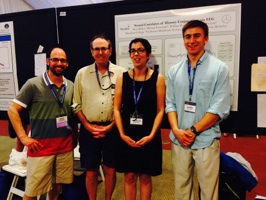
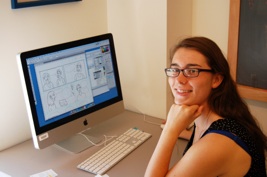
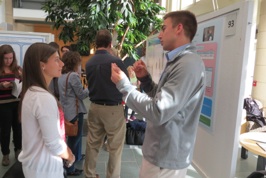
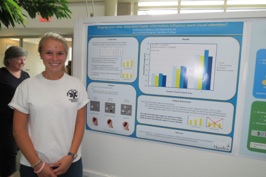
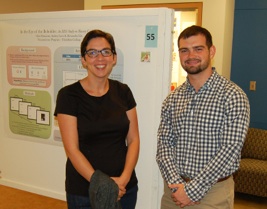
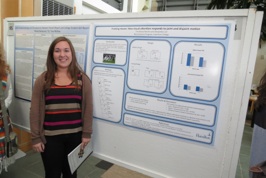
@ VSS 2015
Mike Esterman, Bill Prinzmetal,
Alex List, & Alex Mitko ’16
@ Summer Science Poster Session 2015
Glen Donovan ’16
@ Summer Science Poster Session 2014
Katie Callahan ’15
@ Summer Science Poster Session 2014
Christi Westlin ’15
Summer Science 2014
Hannah Zucker ’15
@ Summer Science Poster Session 2014
Becca Rees ’16 & Alex Mitko ’16
Summer Science 2014
Katie Callahan ’15 and Christi Westlin ’15
Hayley Goodrich ’17, Glen Donovan ’16,
Audrey Love ’17, Emma Feitelson ’17
Summer Science 2015

The material on this personal site may not necessarily reflect the views of the College or the Trustees.